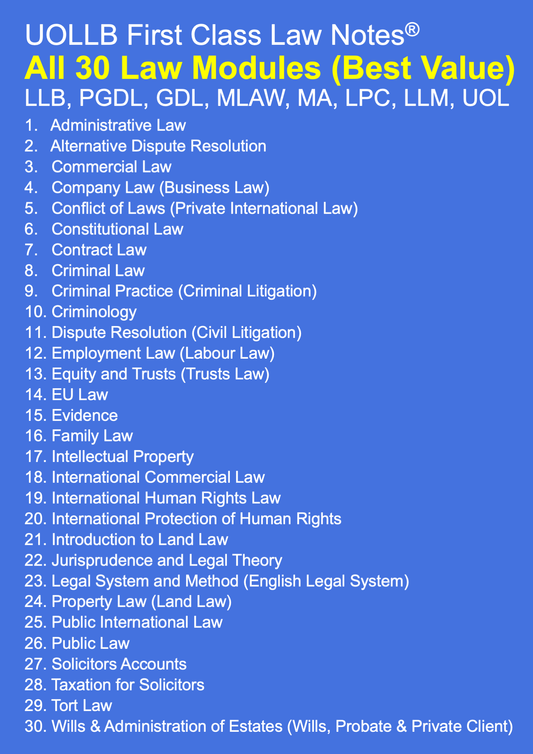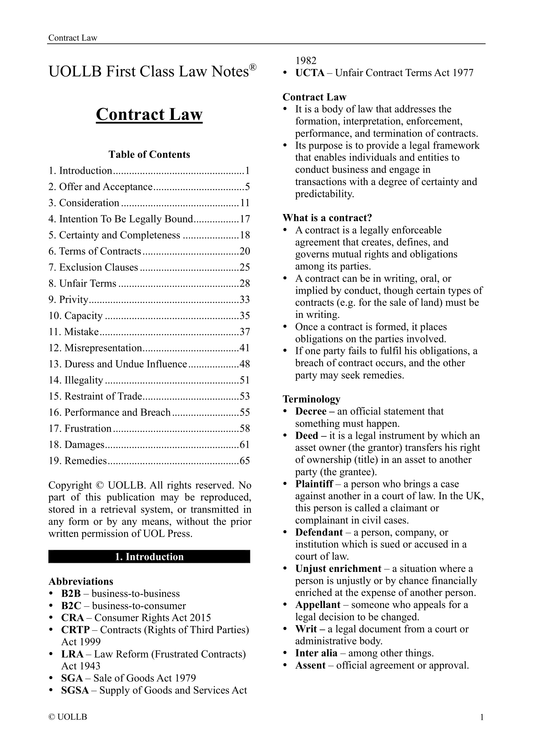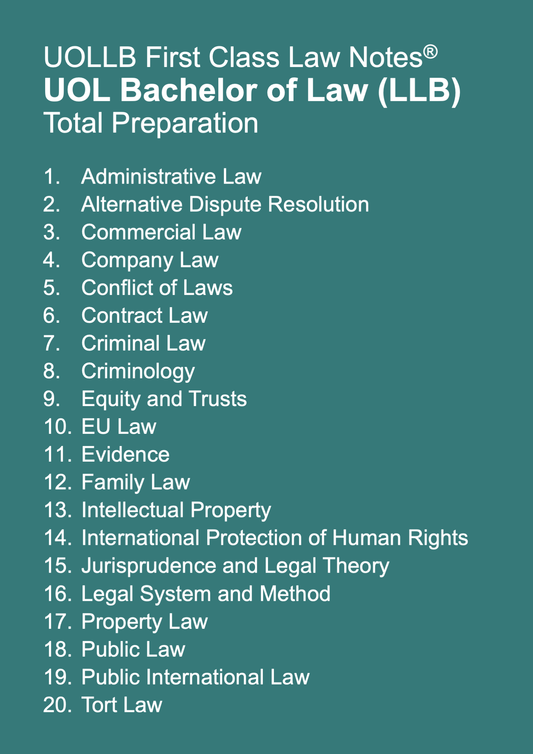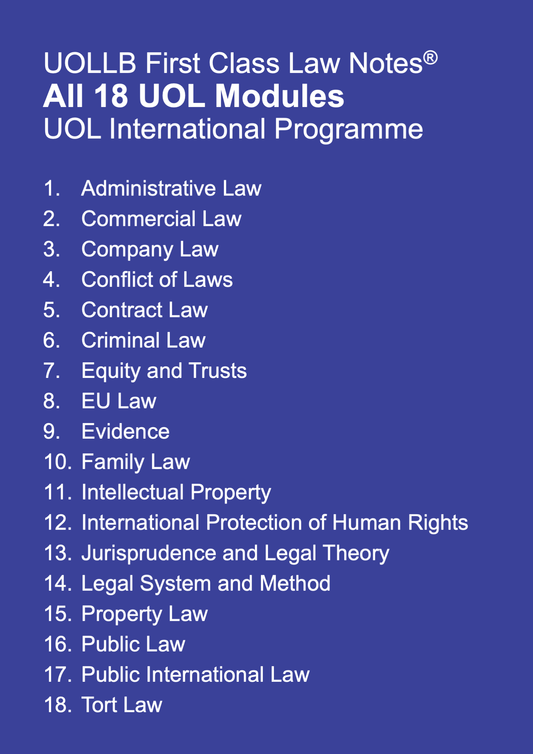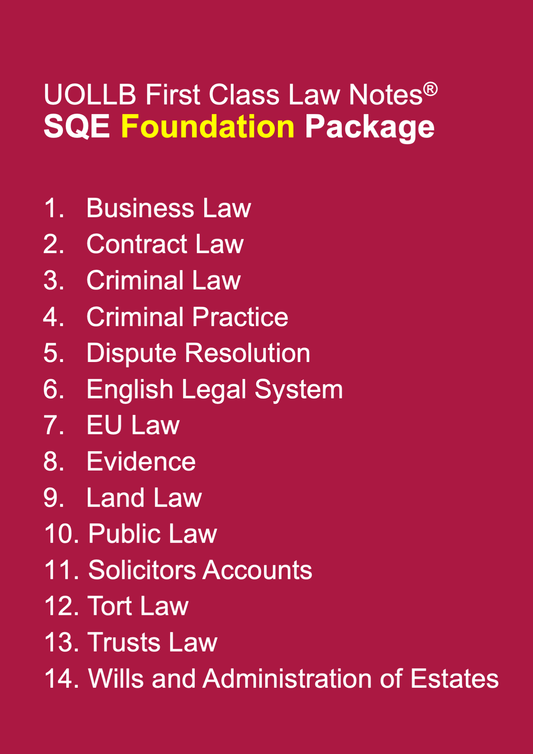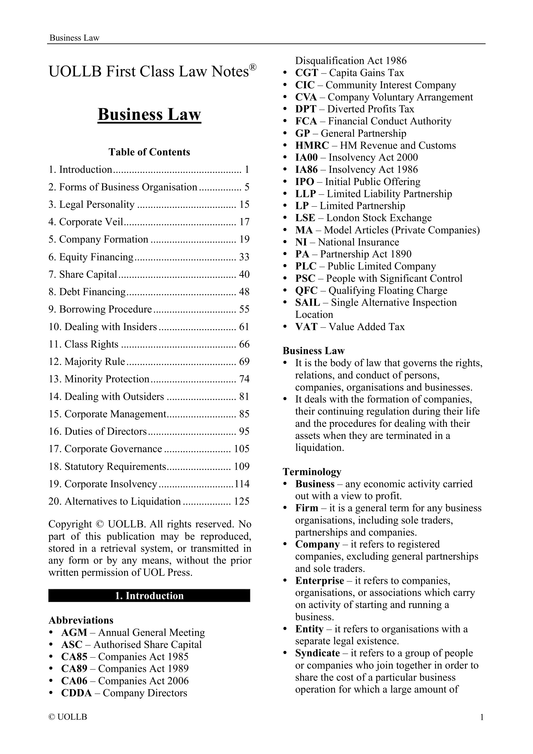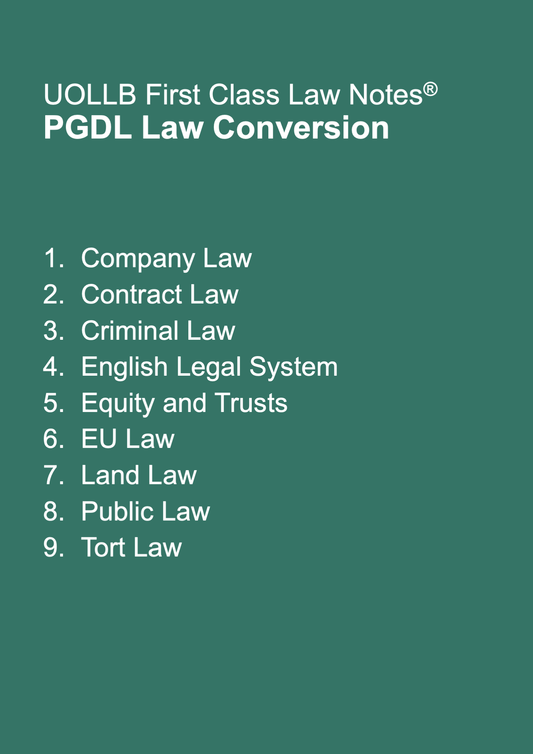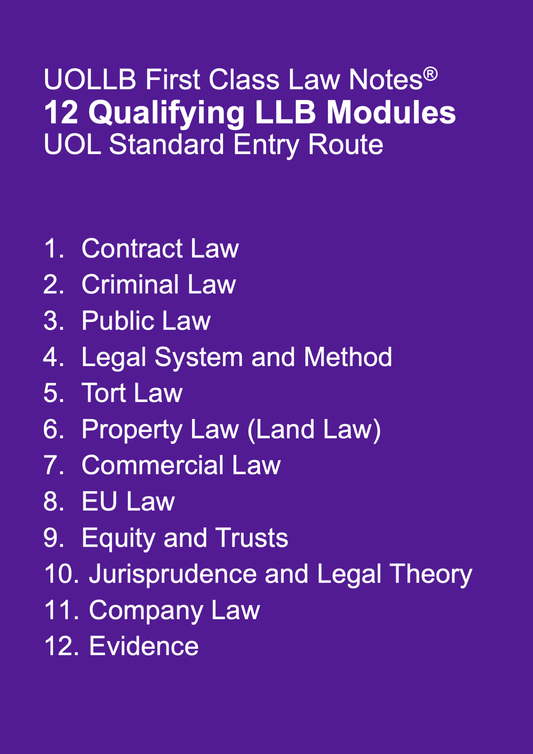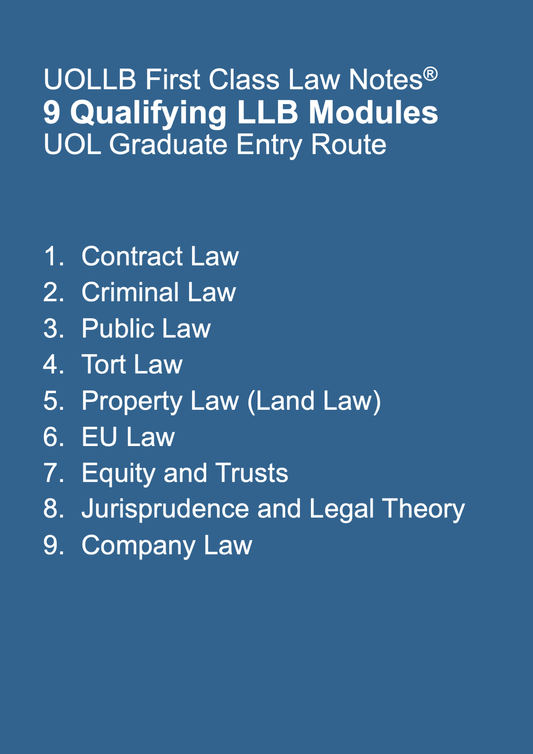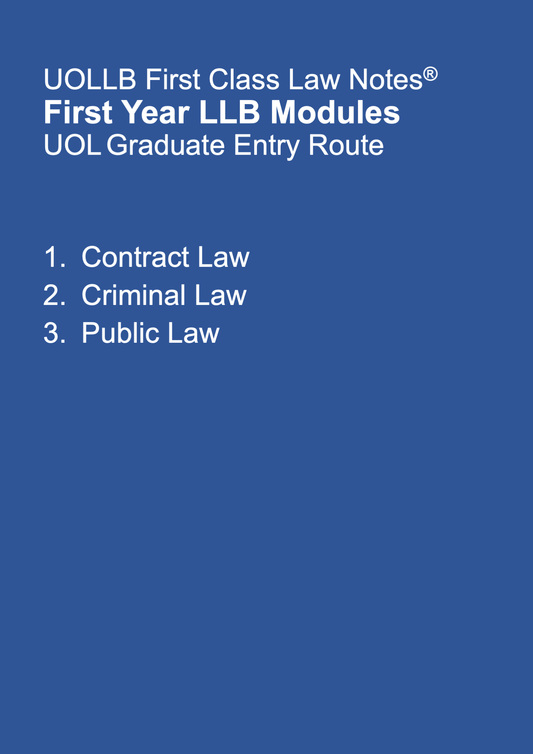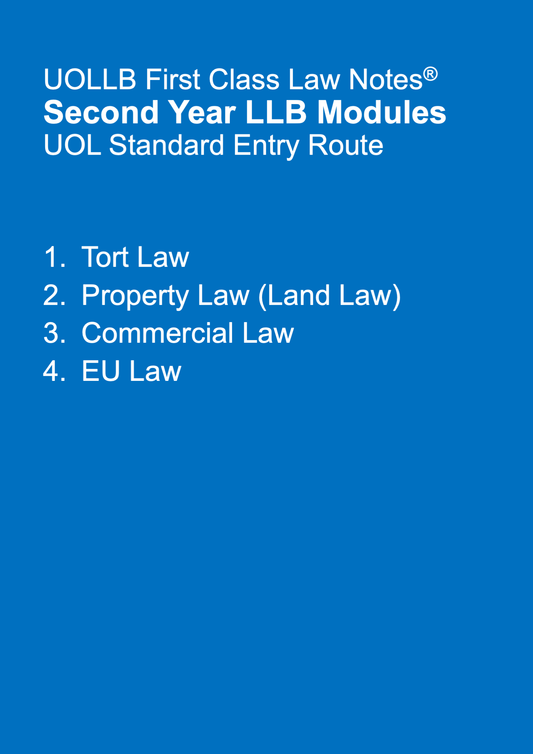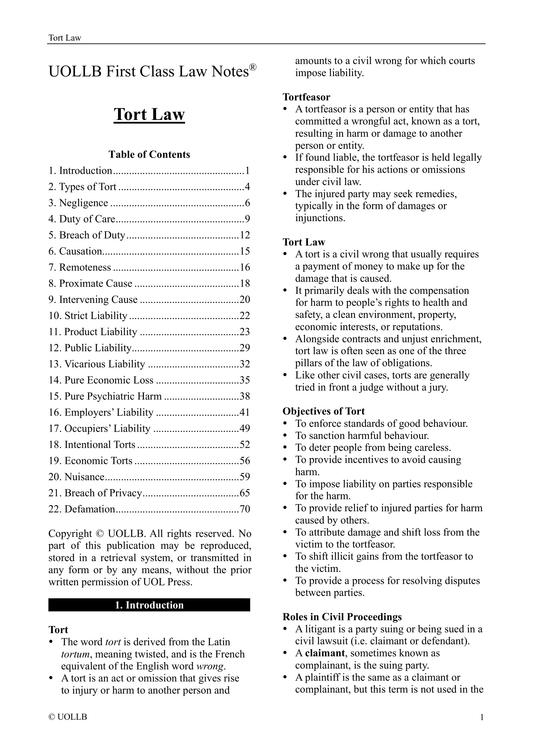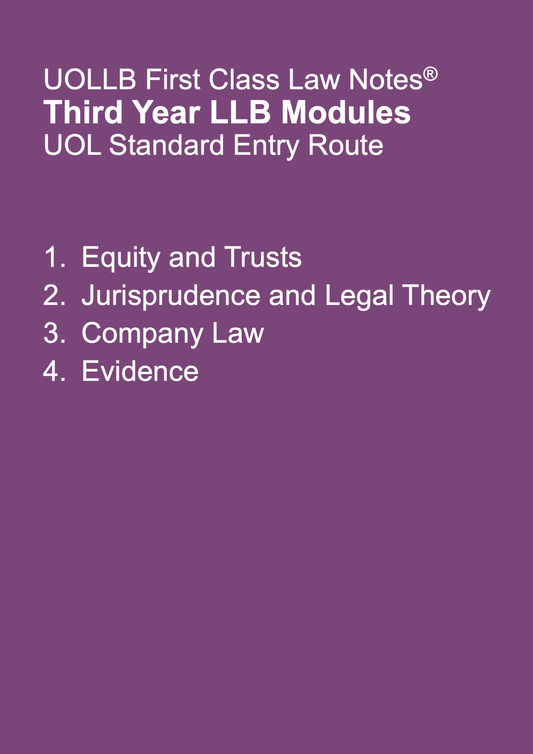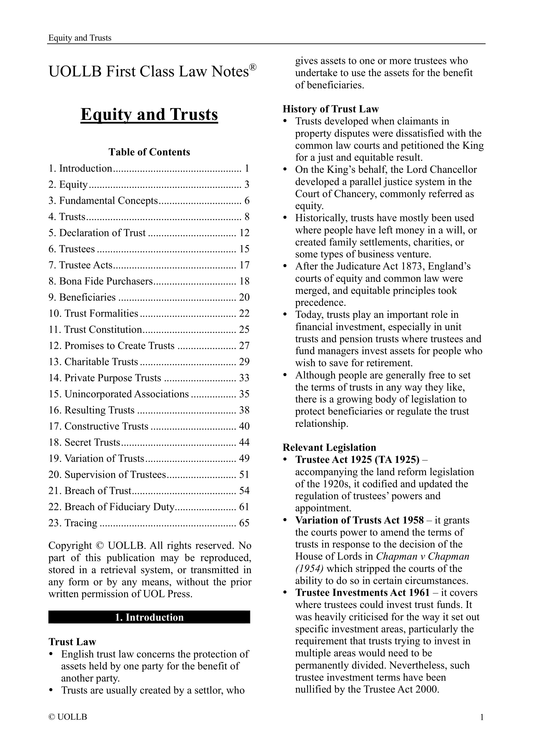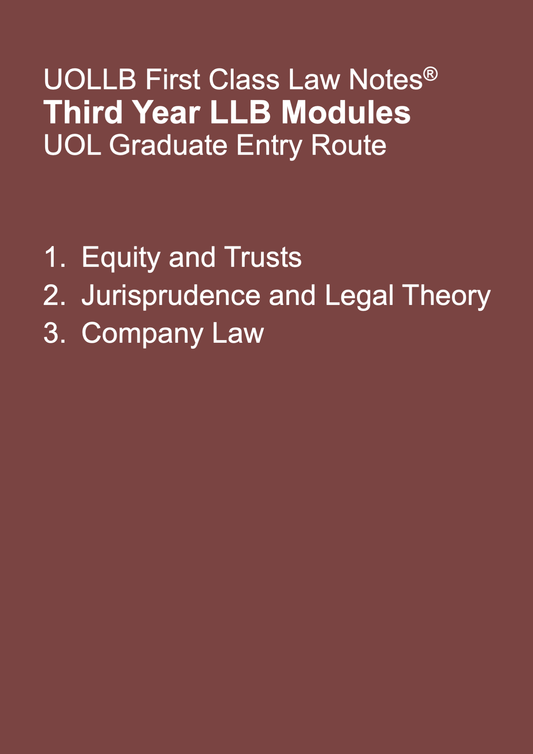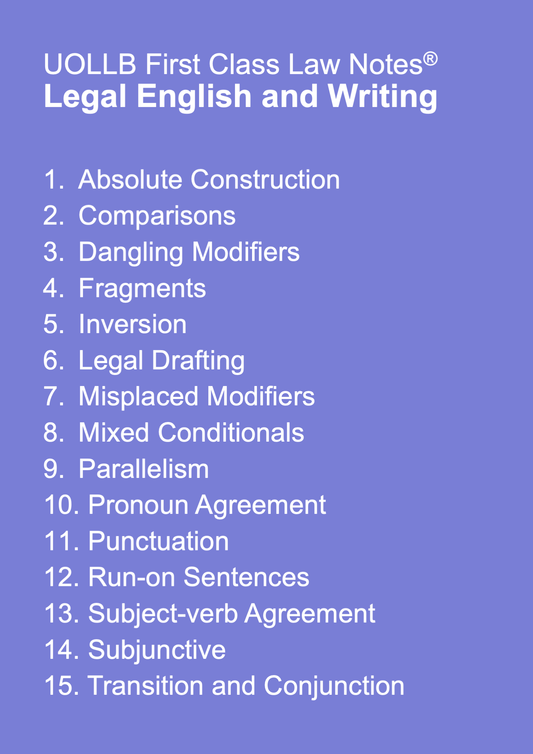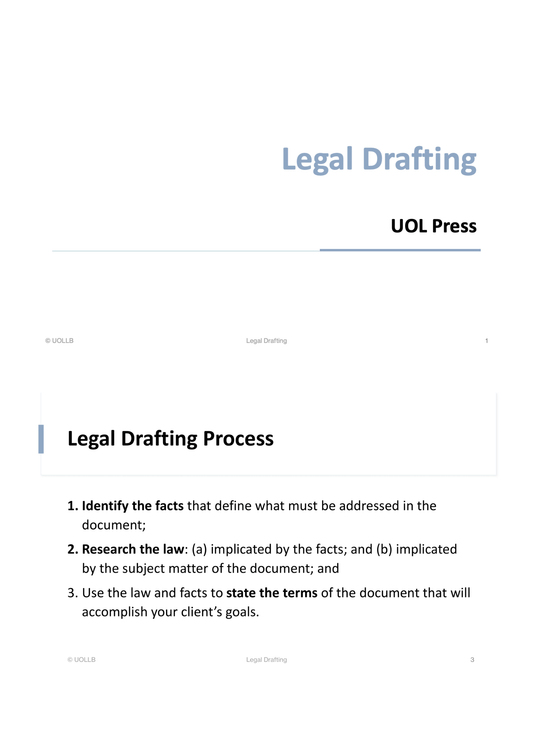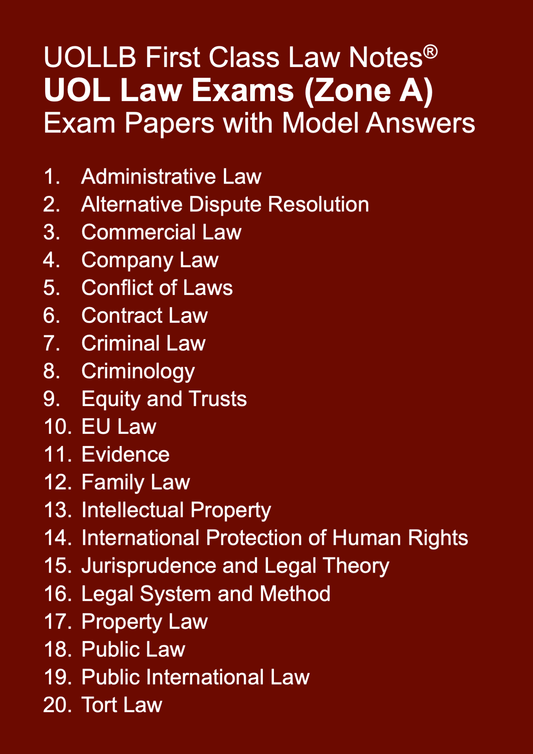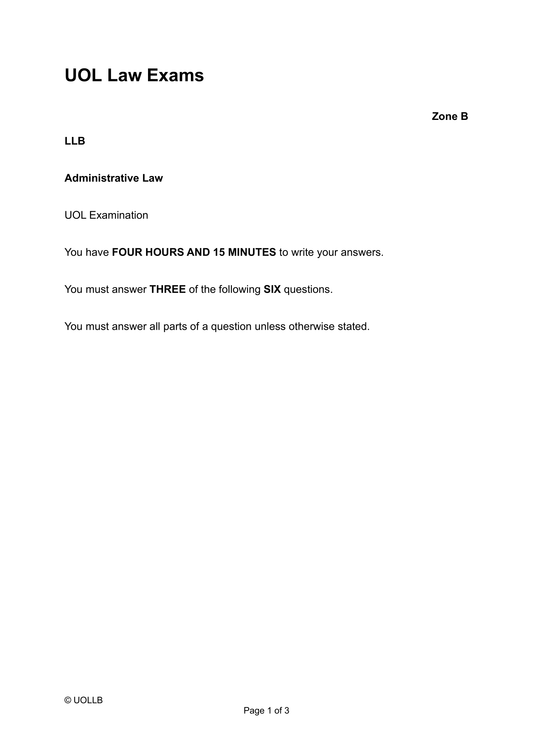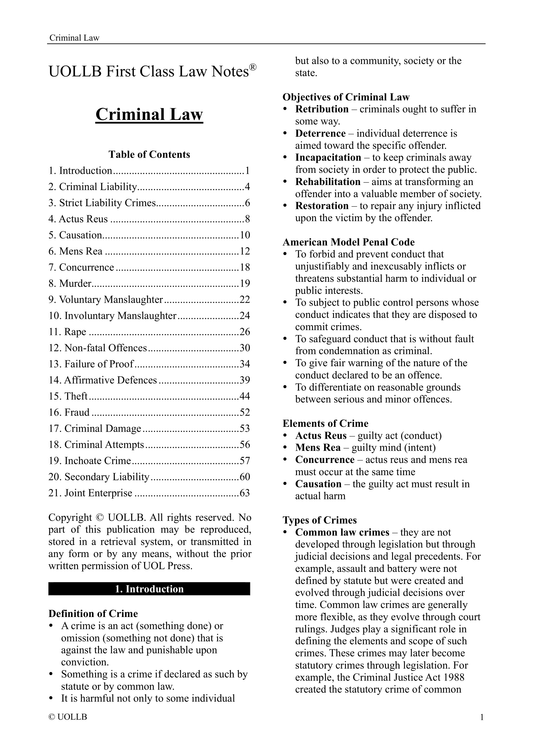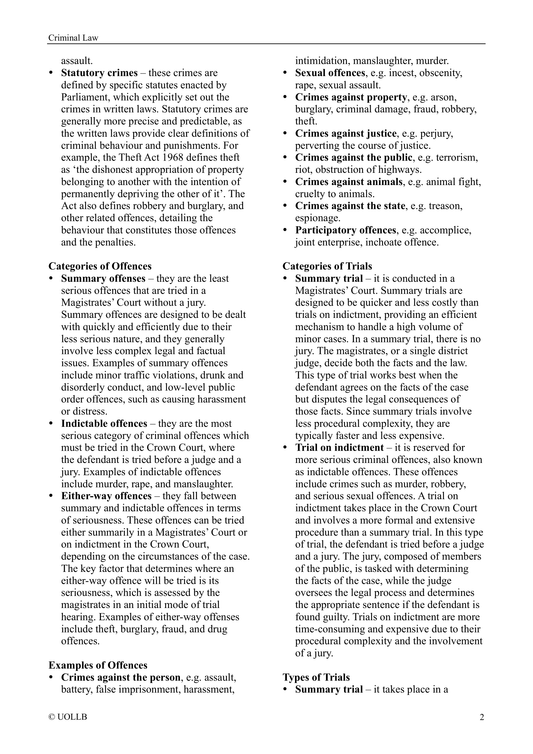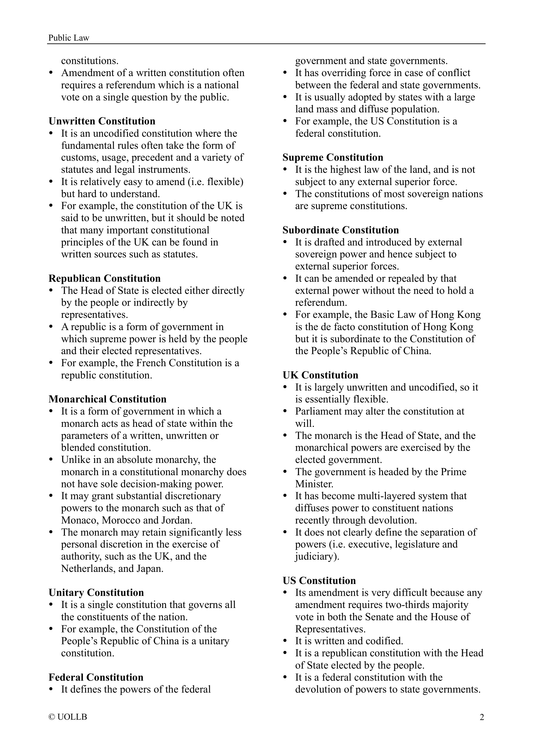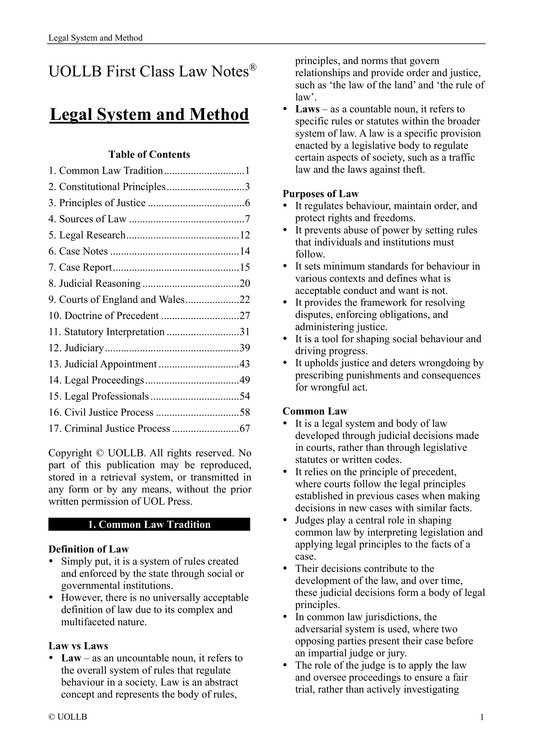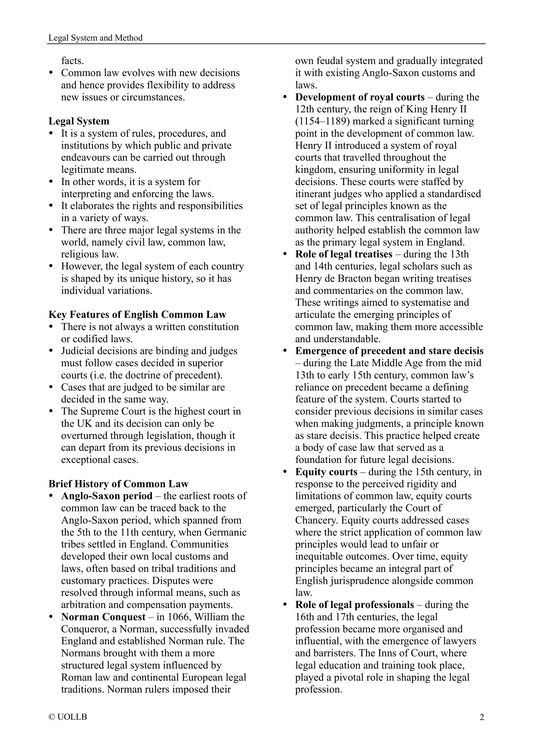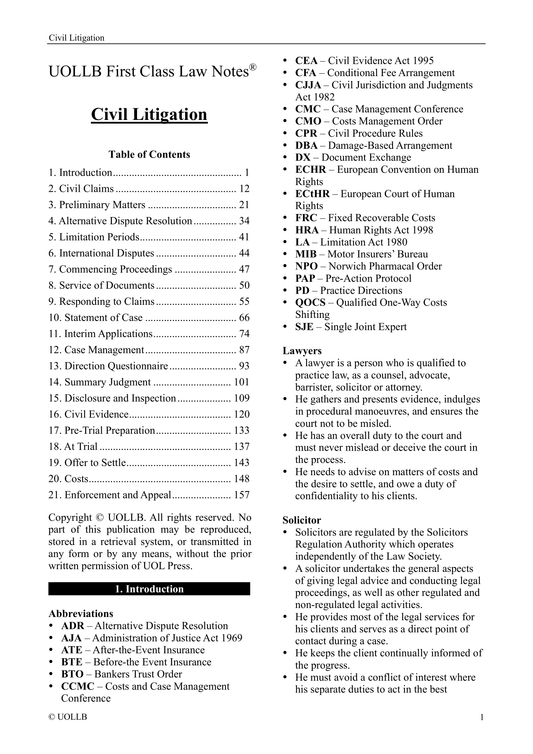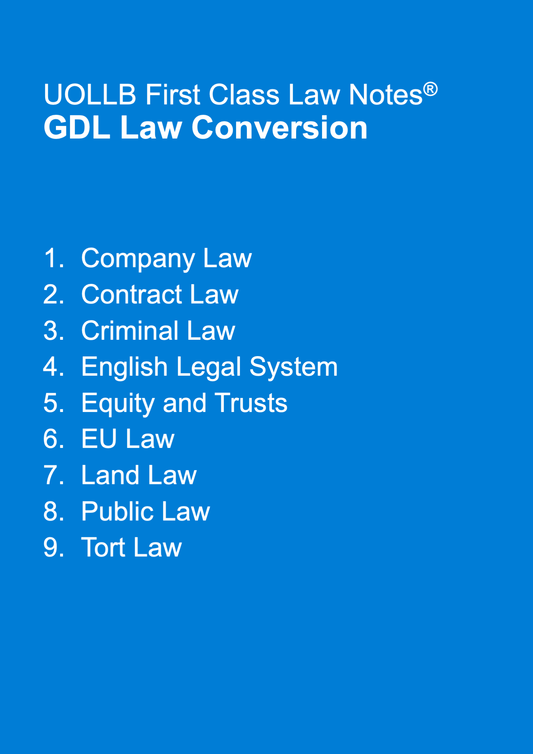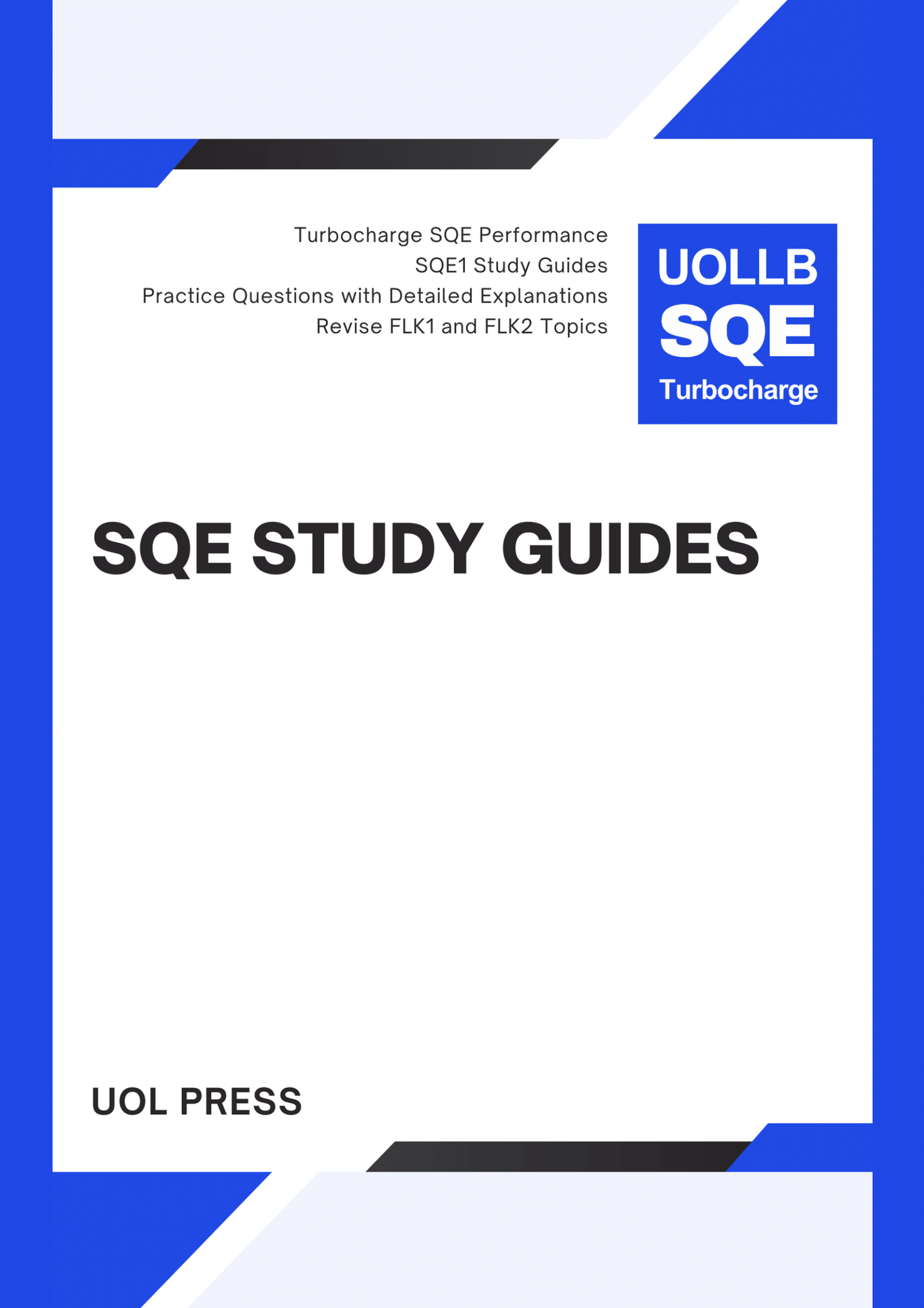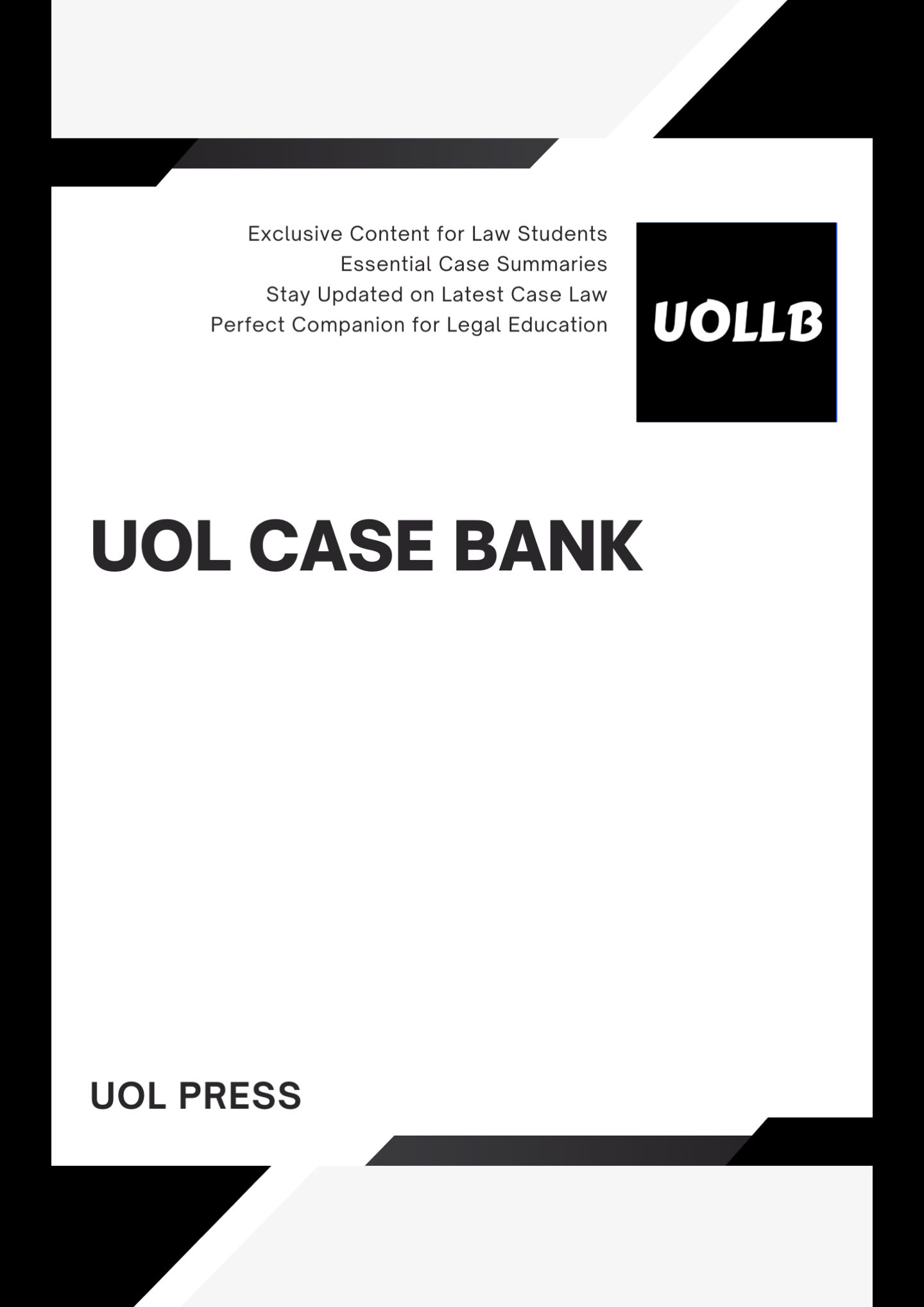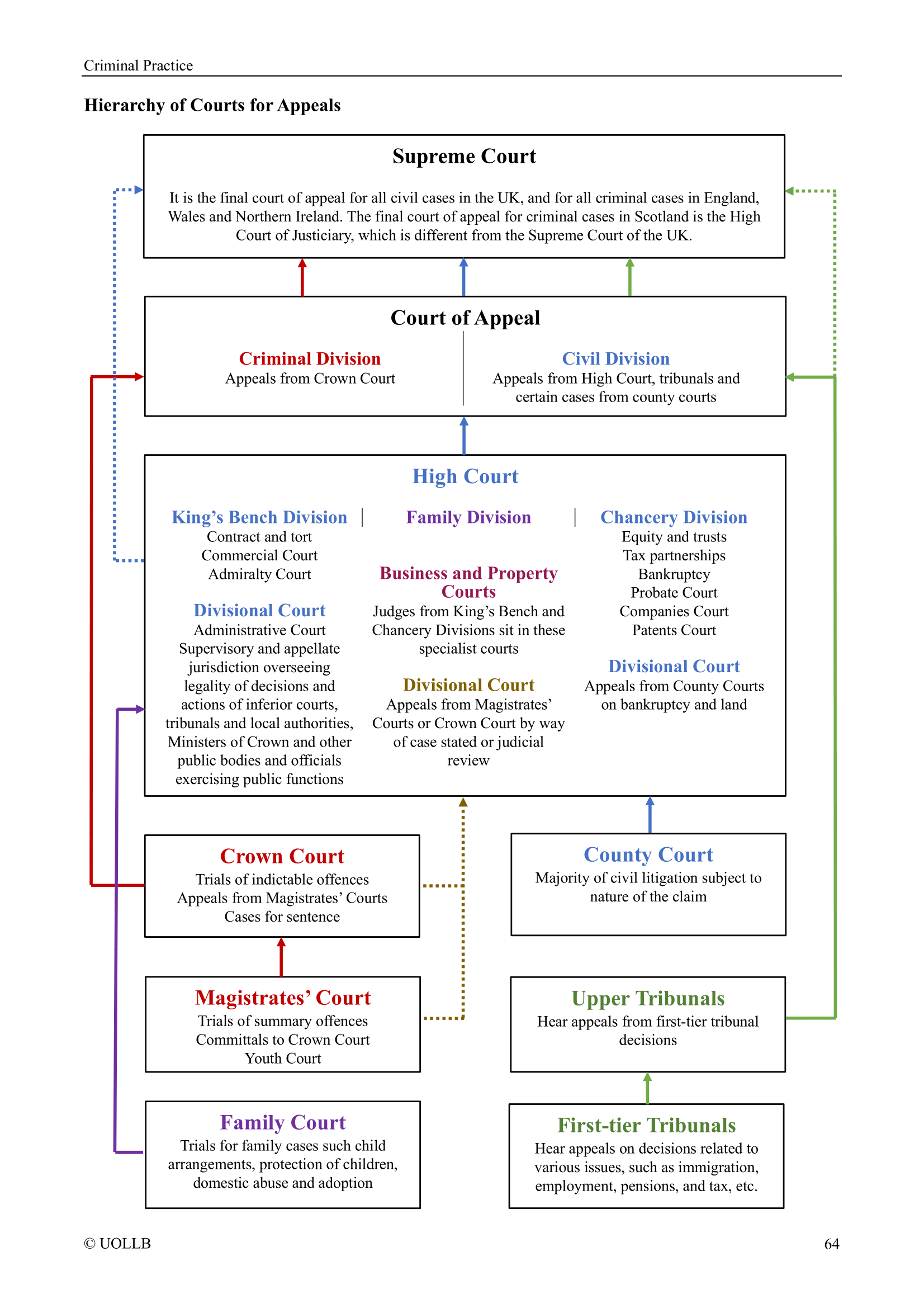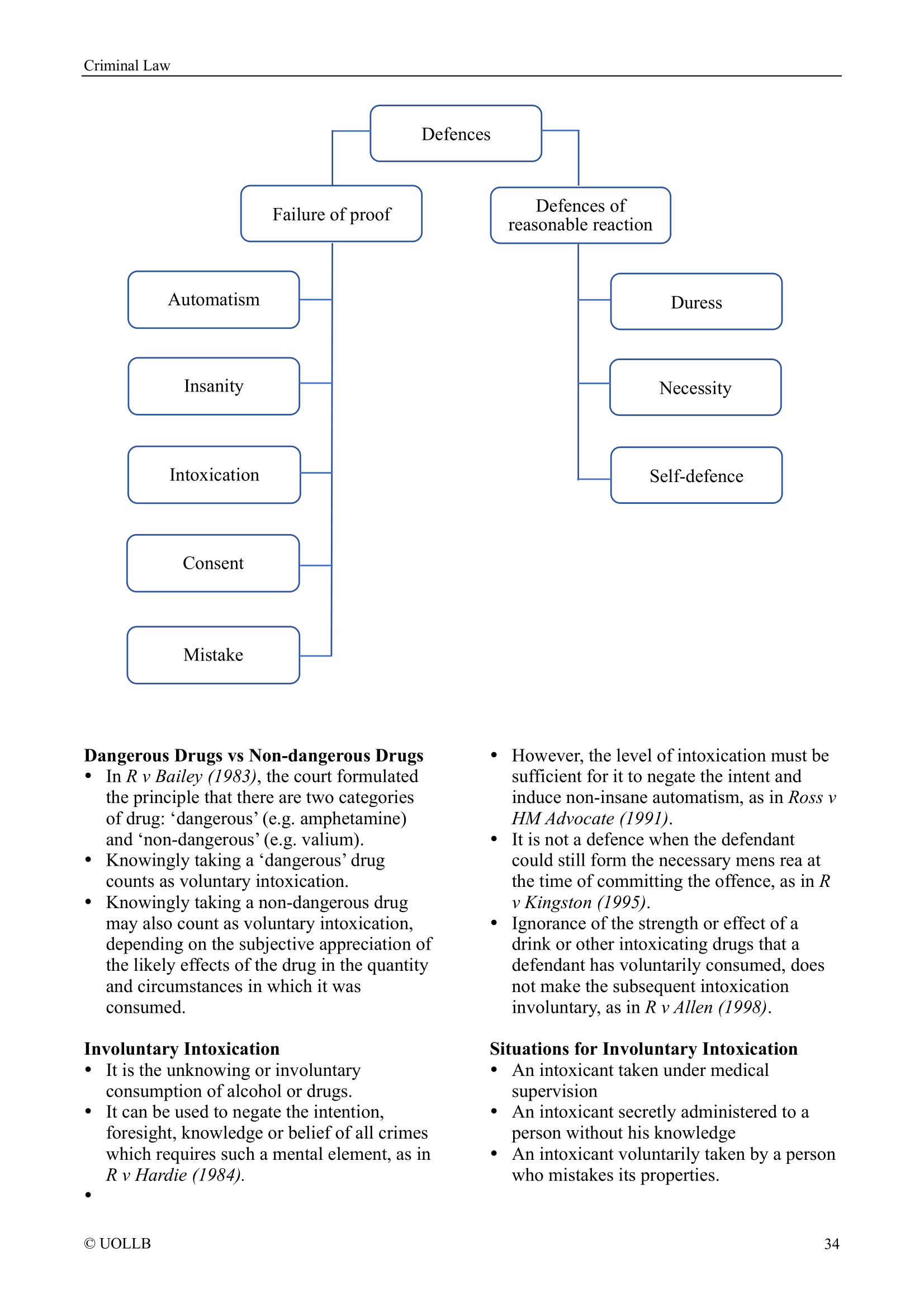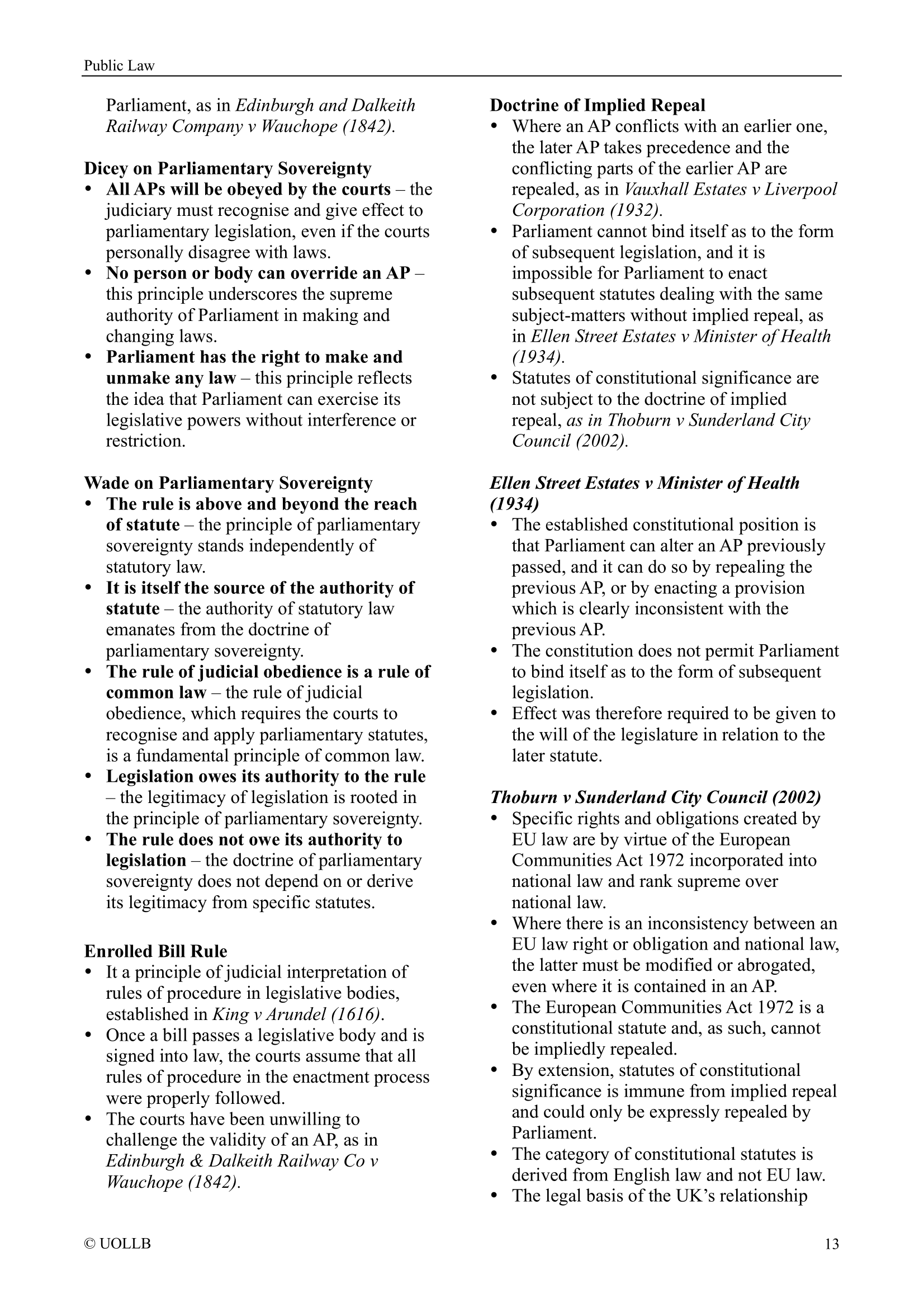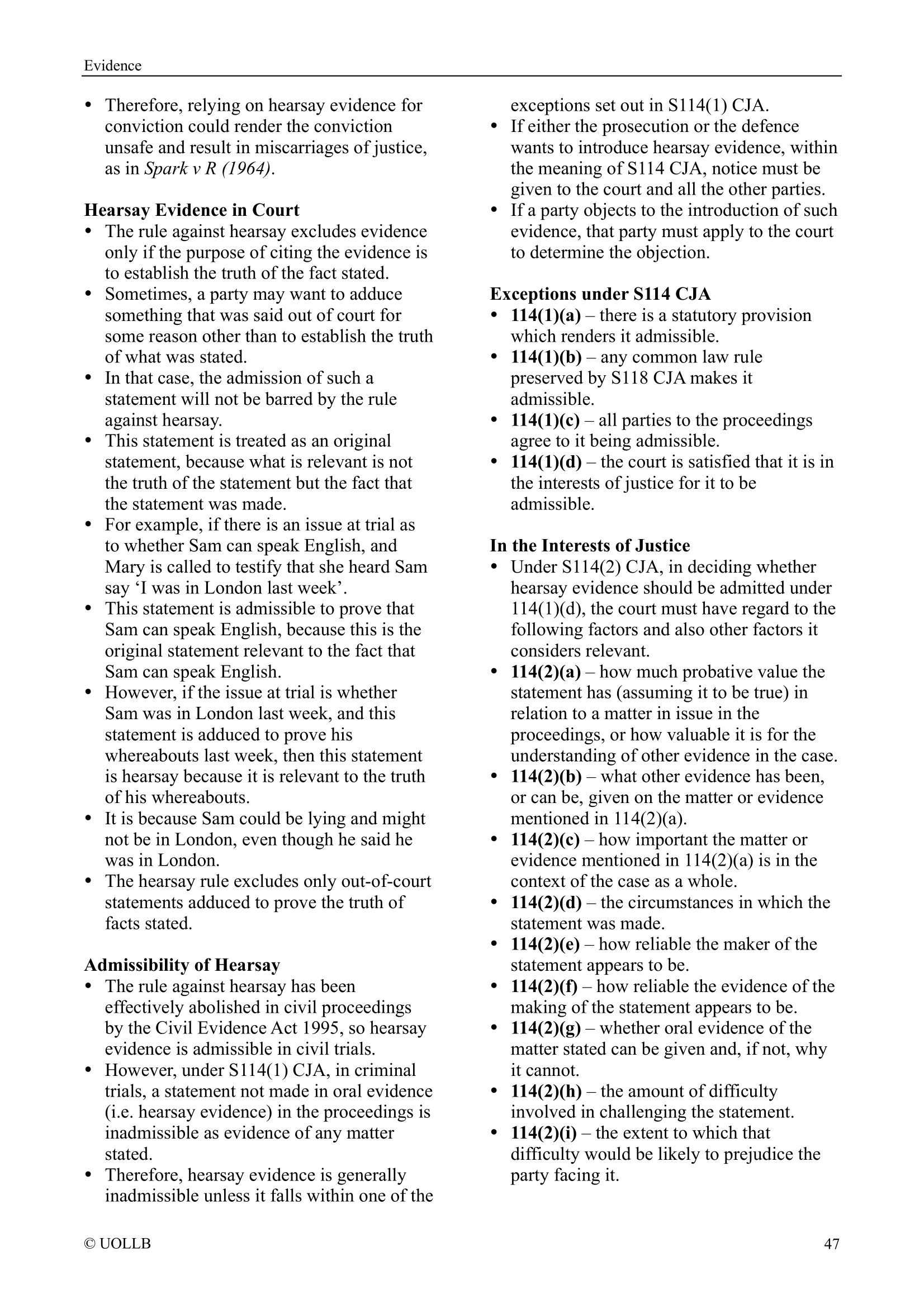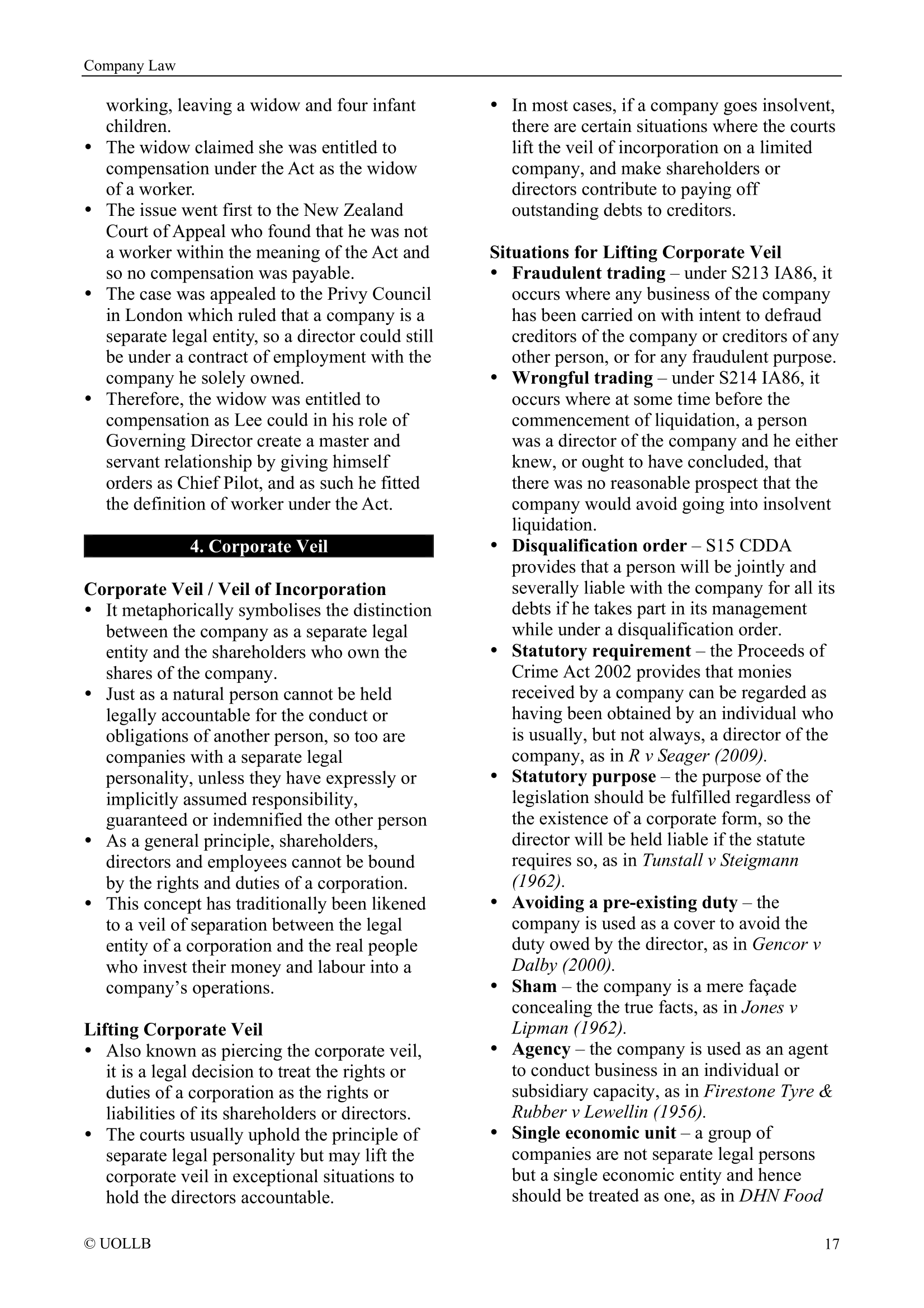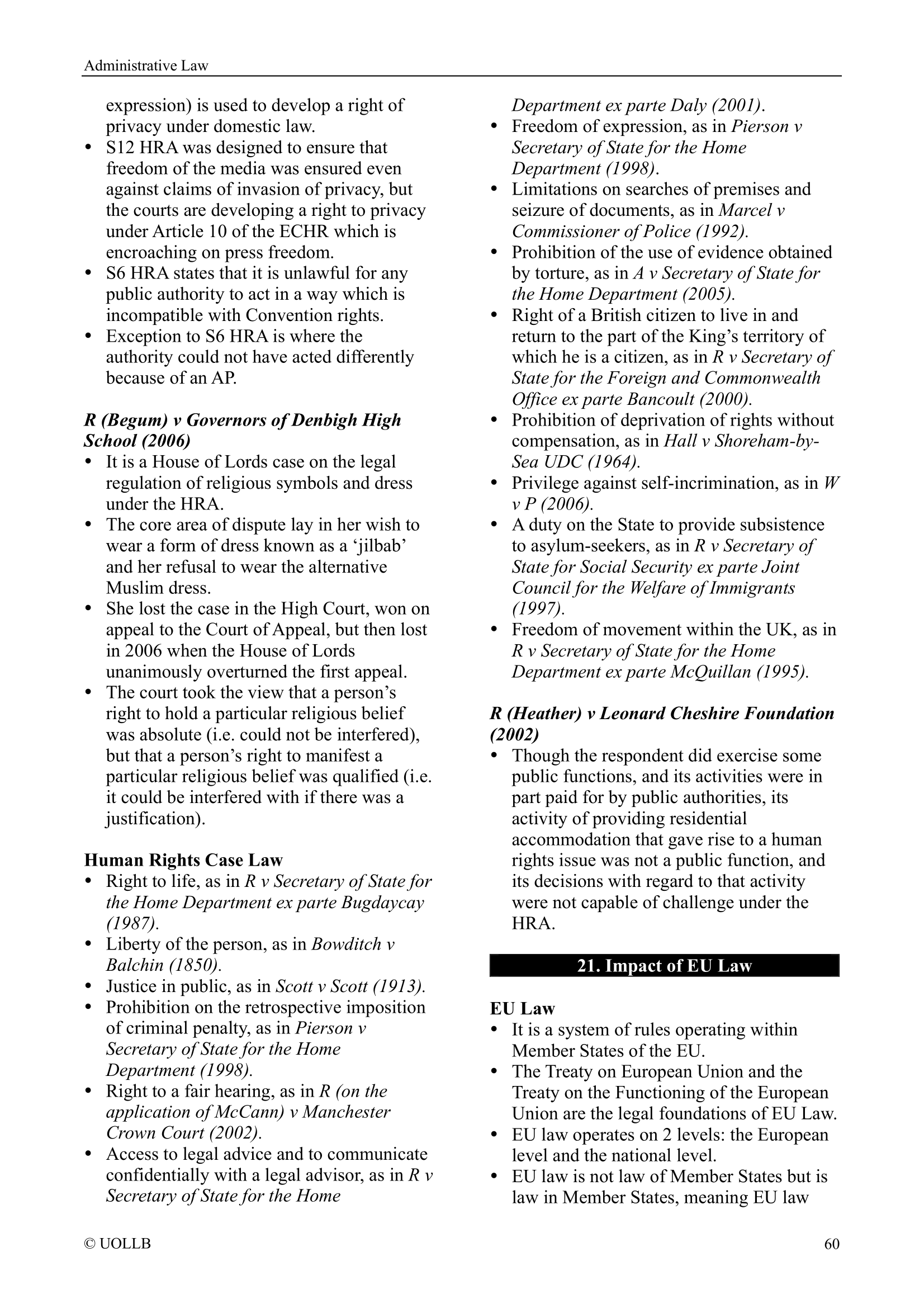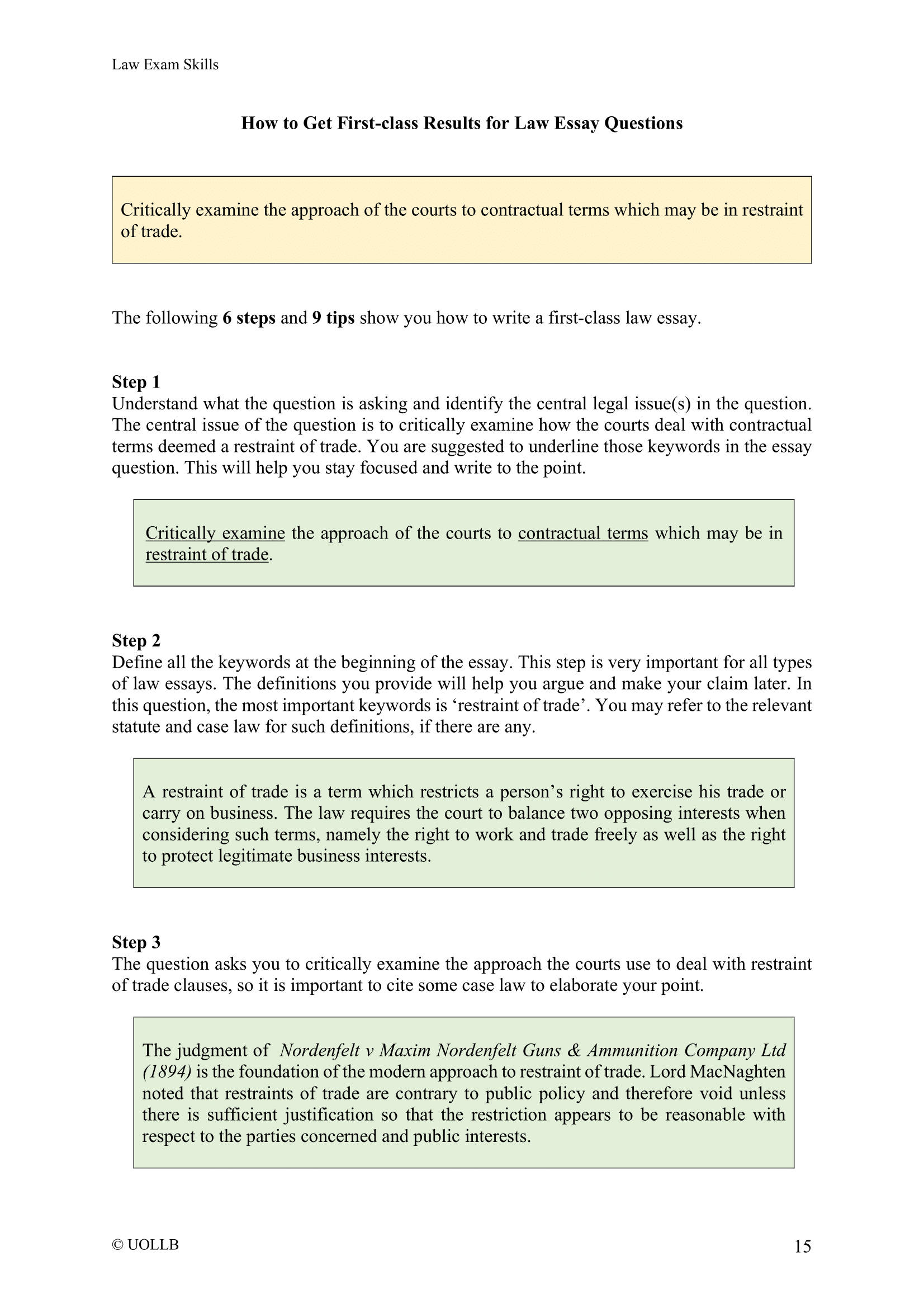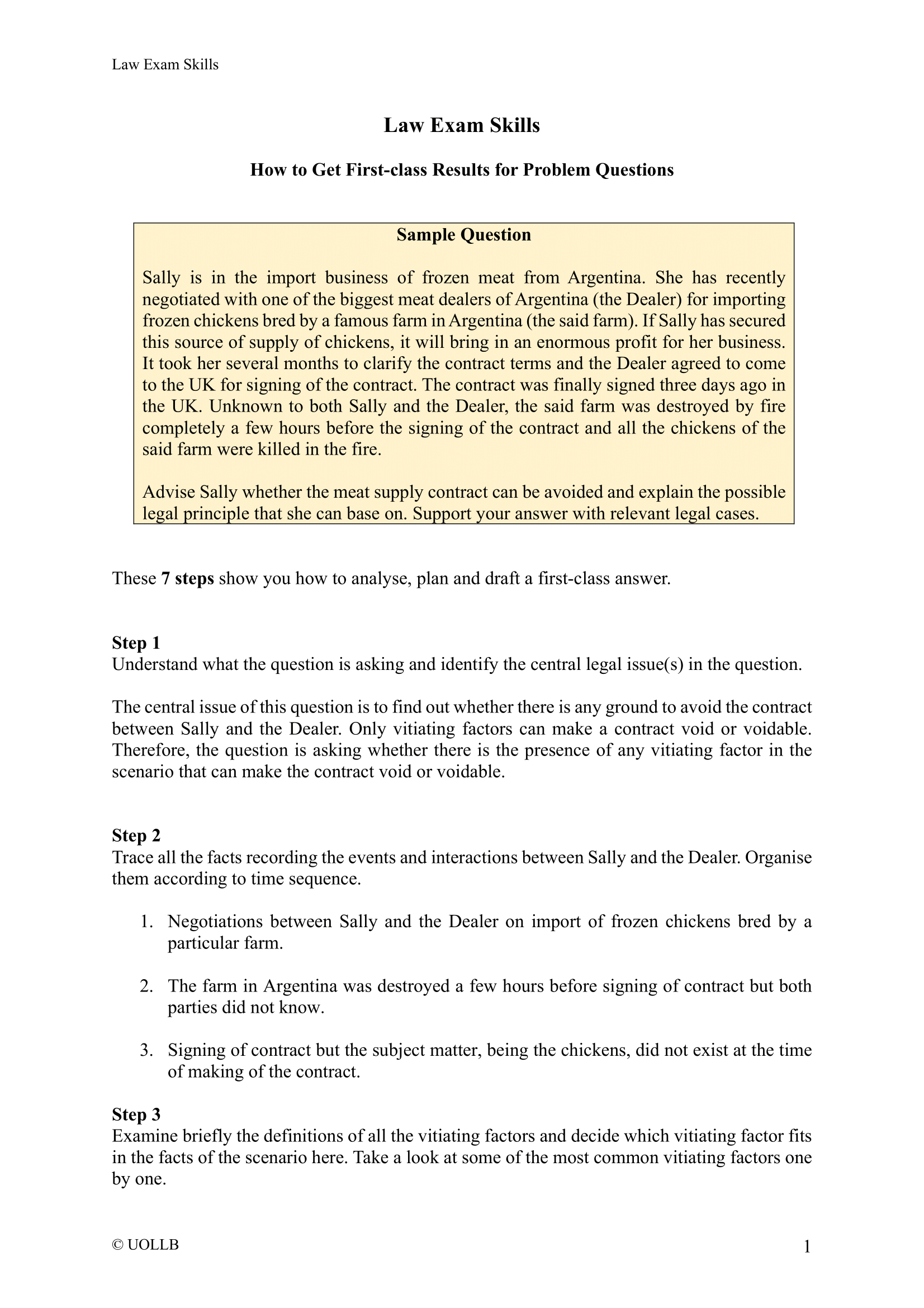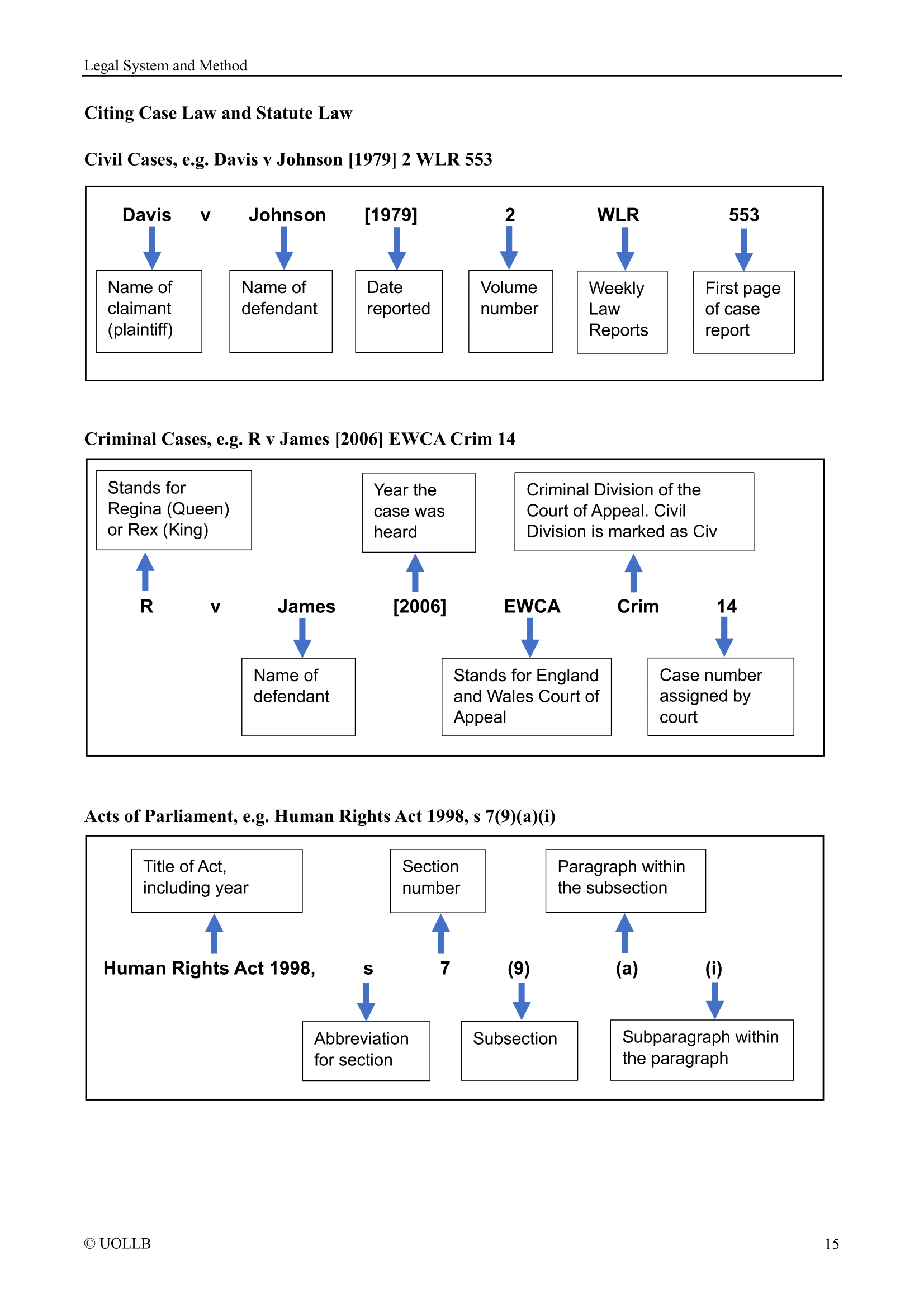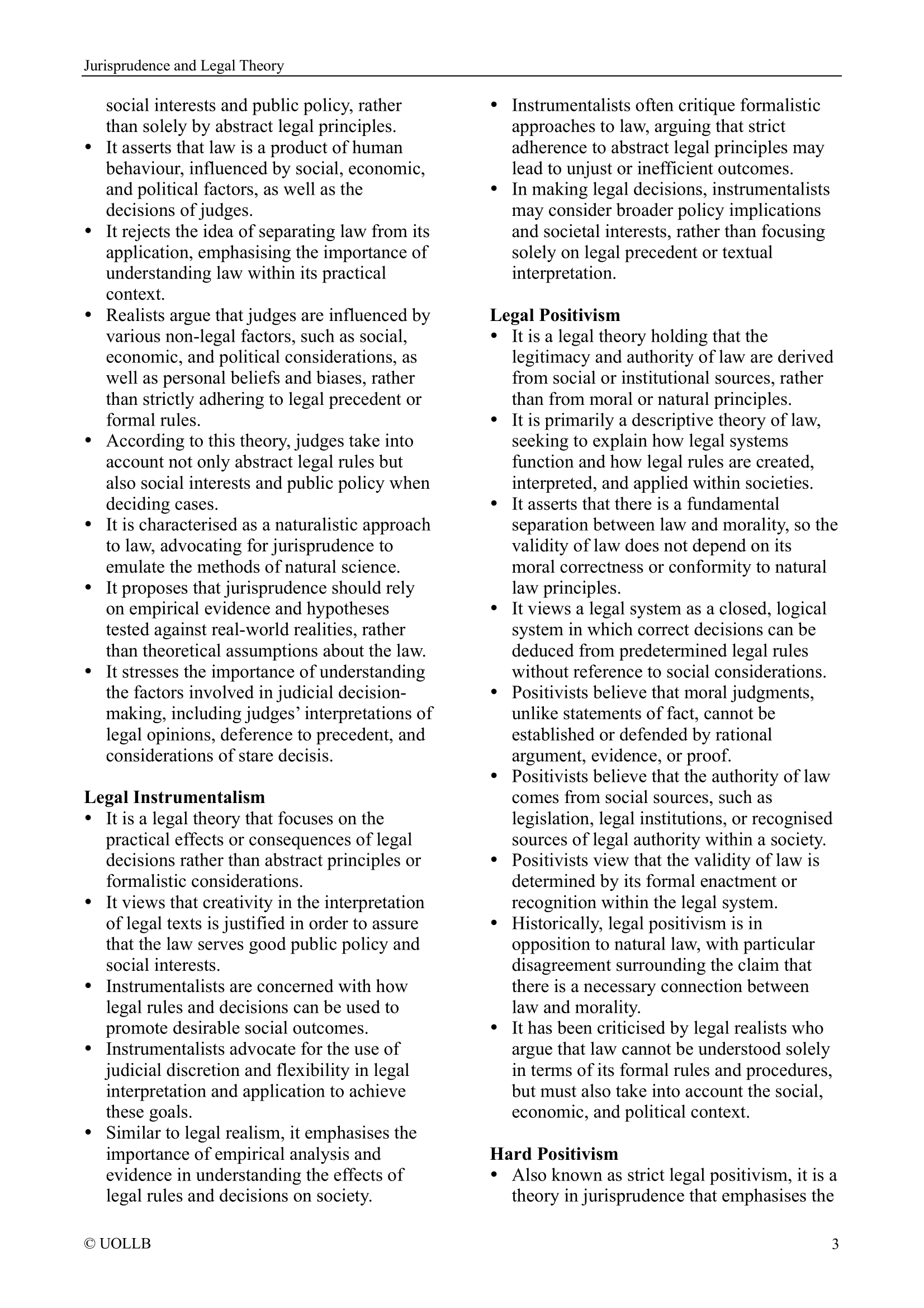Landlord and Tenant Acts
Share
The Landlord and Tenant Acts are a series of statutes passed by Parliament over the course of the twentieth century and beyond, each one dealing with different aspects of the relationship between landlords and tenants. These Acts were introduced in response to recurring problems in property law, such as the imbalance of bargaining power between landlords and tenants, the need to regulate leasehold arrangements more fairly, and the desire to protect both residential and business tenants from exploitation or uncertainty. Together, they form a body of law that continues to shape landlord and tenant relations in England and Wales.
Landlord and Tenant Act 1927
It was one of the first major attempts to balance the relationship between landlords and tenants, especially in the commercial context. A key feature was the right of tenants to claim compensation for improvements they had made to the property. Prior to this, tenants risked losing the value of any investment when a lease ended. Under the Act, if a tenant made improvements that enhanced the value of the premises (for example, installing new facilities or structural changes), they could claim compensation at lease expiry, unless the lease specifically excluded this right. Another major feature was compensation for loss of goodwill where a business tenancy was not renewed. Although these provisions were relatively limited, they laid the groundwork for the much more comprehensive Landlord and Tenant Act 1954. Today, while the 1927 Act is largely overshadowed by later statutes, some of its provisions remain relevant in relation to long leases and improvement rights.
Landlord and Tenant Act 1954
It is the cornerstone of commercial property law in England and Wales. Part I dealt with certain residential tenancies, but this is now of limited significance due to later Housing Acts. Part II, however, remains central to business tenancies. It introduced security of tenure: when a business lease expires, the tenant has a statutory right to renew unless the landlord can establish one of a limited number of statutory grounds for possession. These grounds include redevelopment of the property, landlord’s own intention to occupy, persistent arrears, or substantial breach of covenant. The renewal procedure is highly regulated: tenants can serve a Section 26 request for a new lease, or landlords can serve a Section 25 notice to either propose terms for renewal or oppose renewal on statutory grounds. Importantly, the Act also allows parties to contract out of security of tenure, but only through a strict procedure involving statutory notices and tenant declarations. This Act remains the backbone of modern commercial leasing, balancing landlords’ property rights with tenants’ commercial stability.
Landlord and Tenant Act 1985
It is most important in the residential context. Its most famous provision is Section 11, which imposes a statutory repairing obligation on landlords of leases under seven years. This implied covenant requires landlords to keep the structure and exterior of the dwelling in repair, as well as key installations such as water, gas, electricity, heating, and sanitation. Landlords cannot contract out of this obligation in short leases, ensuring a minimum standard of habitability. The Act also introduced significant regulation of service charges, requiring that they be “reasonable” and that works or services be of a reasonable standard. Tenants were given the right to apply to the First-tier Tribunal (formerly Leasehold Valuation Tribunal) to challenge excessive charges. In addition, landlords must provide accounts and information to leaseholders and consult them before carrying out major works (now developed further in subsequent legislation). The Act also regulated rent books for weekly tenants and service charge demands. In practice, the 1985 Act is still the main statutory weapon for tenants challenging landlords on repairs and service charge abuses.
Landlord and Tenant Act 1987
It was a significant reform aimed at strengthening tenant rights, particularly for leaseholders in blocks of flats. One of its most powerful provisions is the right of first refusal: where a landlord intends to sell the freehold, they must first offer it to qualifying tenants. Failure to do so constitutes a criminal offence, reflecting Parliament’s intention to protect leaseholders from losing control of their building to speculative purchasers. The Act also made it easier for tenants to challenge unreasonable service charges and gave them the right to apply to the tribunal for the appointment of a manager in cases of landlord mismanagement. Furthermore, the Act allows for the variation of defective leases, where leases are silent or inconsistent about key matters such as insurance, repair, or service charge provisions. These reforms gave residential tenants far greater collective power, particularly in the management of blocks of flats. Even today, the 1987 Act plays a central role in leasehold reform alongside the Commonhold and Leasehold Reform Act 2002.
Landlord and Tenant Act 1988
It was narrower in scope but addressed an important practical issue: landlord consent for dealings with leases. Before the Act, landlords had wide discretion to refuse consent when a tenant wanted to assign, underlet, or charge their lease, often using this power to extract financial concessions. The 1988 Act imposed a statutory duty on landlords to respond to applications for consent within a reasonable time and not to unreasonably withhold or delay consent. It also placed the burden of proof on the landlord to show that refusal was reasonable if challenged. This shifted the balance in favour of tenants, ensuring that landlords could not act capriciously or use consent as a bargaining tool. The Act applies mainly to long residential leases and business leases, making it a key piece of legislation in leasehold dealings.
Landlord and Tenant (Covenants) Act 1995
It was a landmark reform of leasehold law, addressing the problem of privity of contract. Under pre-1995 law, the original tenant remained liable for the covenants of a lease throughout its entire term, even after assignment to a new tenant. This meant, for example, that a tenant who assigned their 99-year lease could be pursued decades later if a subsequent tenant defaulted. The 1995 Act abolished this rule for leases granted on or after 1 January 1996. Now, an assigning tenant is automatically released from future liability upon assignment, unless they enter into an Authorised Guarantee Agreement, where they guarantee the immediate assignee’s performance. Landlords, however, retain the benefit of tenant covenants, and tenants retain the benefit of landlord covenants, but liability is confined to the current parties to the lease. The Act represented a huge step forward in fairness and modernisation of landlord and tenant law, and it remains a central statute in property practice.
